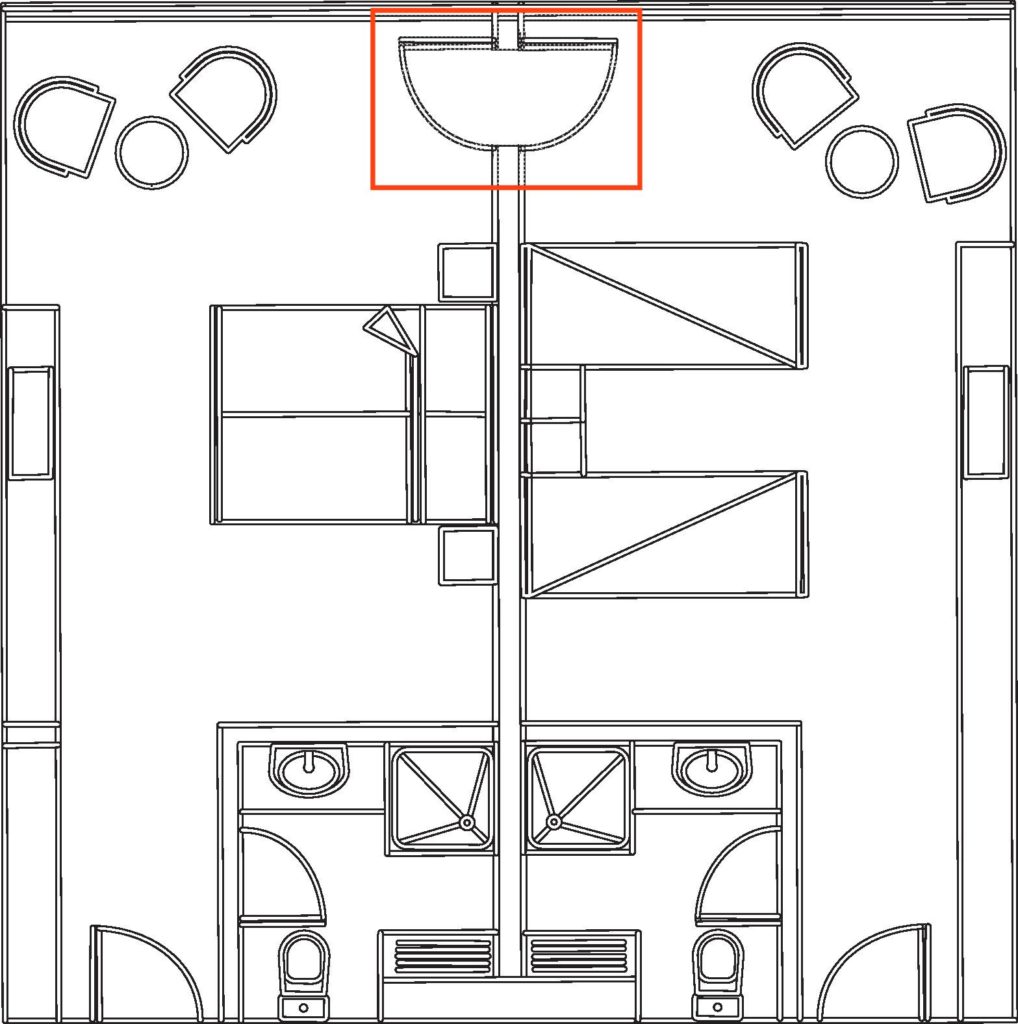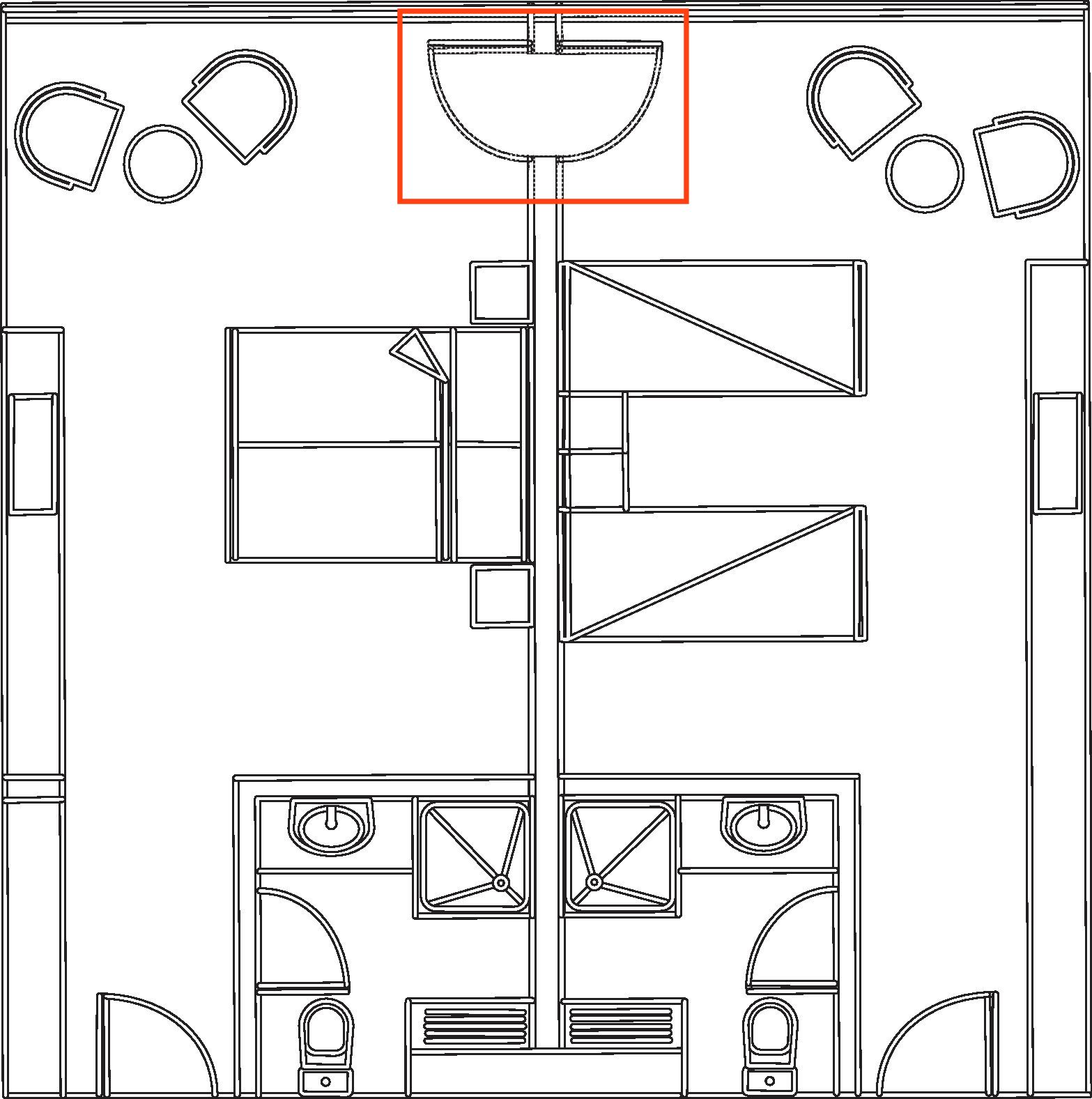 A long, long time ago (20+ years!) I was a detailer for a door and hardware distributor. My job as a detailer was to do cost estimates for projects, prepare shop drawings, and eventually place the orders for the doors, frames, and hardware, along with any “specialties” on the project – toilet partitions, toilet accessories, projection screens, lockers, fire extinguisher cabinets, etc. There were so many things to coordinate, and a thousand ways to screw something up in the process.
A long, long time ago (20+ years!) I was a detailer for a door and hardware distributor. My job as a detailer was to do cost estimates for projects, prepare shop drawings, and eventually place the orders for the doors, frames, and hardware, along with any “specialties” on the project – toilet partitions, toilet accessories, projection screens, lockers, fire extinguisher cabinets, etc. There were so many things to coordinate, and a thousand ways to screw something up in the process.
I’m sure I knew the answer to today’s question back when I was a detailer, but I haven’t been able to dig it out of whichever brain cell it’s stored in. So here’s the question – for all of the current detailers or people who have better recall than I do…
How do you “hand” a communicating door? Are the doors LH/RH? Or LHR/RHR?
If you’re not familiar with communicating doors, they are the doors that you often see between two adjoining hotel rooms. There’s more information about communicating doors here, and a video about door handing here.
WWYD?
~~~
Please note – if you have subscribed to receive email notifications of new posts (the subscription fields are in the right sidebar –>) and you are not receiving the emails, check your spam/junk folder and/or add my email address to your Safe Senders List – lori.greene@allegion.com.
You need to login or register to bookmark/favorite this content.






I always figure it from the secure side so they would be LH/RH.
LH/RH the secure side of the door is the space in between them.
Speaking from the door manufacturer’s perspective, I’ve always considered communicating doors as LH/RH. Door handing is based on inside/outside, which makes the outside in the opposite room. Therefore, the doors are LH/RH.
To me, they are LH/RH. There is no difference between the communicating door and the main entry door. I can freely open the door swinging into my unit but I cannot open the door swinging into the adjoining unit. The “key side” is between the doors, even if there is no key. I will say that I have had to order doors LHR/RHR due to the specific templating used. This was strictly a door prep issue and how the template was drawn. I wish I could remember the specifics but that was that was a while ago.
Since there is no wrong swing, is there a wrong way to express the swing?
Most recently I have been scheduling them as RH/LH. Reason being if you need correct handed hardware you are securing the gap between the doors. This is the similar concept with the Paladin Shutter frame handing with the LM9325 Exit Lock. In order to get the blank side or in the case for the communicating lock (exit lock or deadbolt indicator secured side like the B571) on the correct side for ordering purposes you would have to go with the RH/LH handing. Trying to stop someone getting in the room, not to stop you from going into someone else’s room. Hope it made sense.
That also goes for double acting doors, like Eliason, Chase, etc
I would think you hand it from the key side, just as a regular door. If it an asylum lock then I ask you! 🙂
The frames are easy – RH/LH, the doors though, should be RHR/LHR because the “lock side” is between the doors.
Did all my questions in class last week wear you out?
I think your operational description of the “lock side’ is correct, but you may have your wires crossed on the handing you concluded from that.
Seriously though, thanks to you, Peter, Dawn, Brenda, and all those behind the scenes at Allegion who made for a great training week.
Tom O’Connor
The way that I have seen it is to hand the doors like you would for any single door. The doors would be handed as if there was no adjoining room in place and the room was standing alone. Cut the picture in half and work on one side at a time to hand the doors. The locking side or outside of the door determines it hand. In the above picture, I would call them LH/RH. You can open the door on your room like any exit door and you would meet the locked door. ON a separate note, Lori, thank you for all you have done to keep us in line and sharp to the codes. This is probably my last official post as a working locksmith. I am retiring the end of the month and will only stick my head in to get in the way from now on and to add my un-needed 2 cents worth. It’s been a good 40 years. Thanks
Wow! Congratulations on your retirement, Rich! Please keep coming to add your insight as long as you can stand reading about codes. 🙂
– Lori
Would it depend on the room set up, location of the opening, furniture layout??
I keep an Excel file with answers to tricky or seldom encountered questions. So many of these answers have come from “I Dig Hardware” that I was surprised that this one didn’t.
From some ancient source:
“The hand of a door is always determined from the outside of the opening. The outside is typically the hall, passageway or street side of a door. For a closet door, the outside is the room side of the door. For a communicating door, the outside is the side from which the hinges are not visible when the door is closed.”
From this I would say LH (to twin-beds room) and RH (to king-bed room). This matches the consensus from above.
Perfect! Thanks Tom!
– Lori
I concur … LH/RH
Apparently they need to be LHR/RHR for door preps and lock handing. I have been supplied with this incorrect and the levers all have to be swapped now as they are turned down instead of up. ASSA abloy should have caught this before shipping hundreds of them to us.